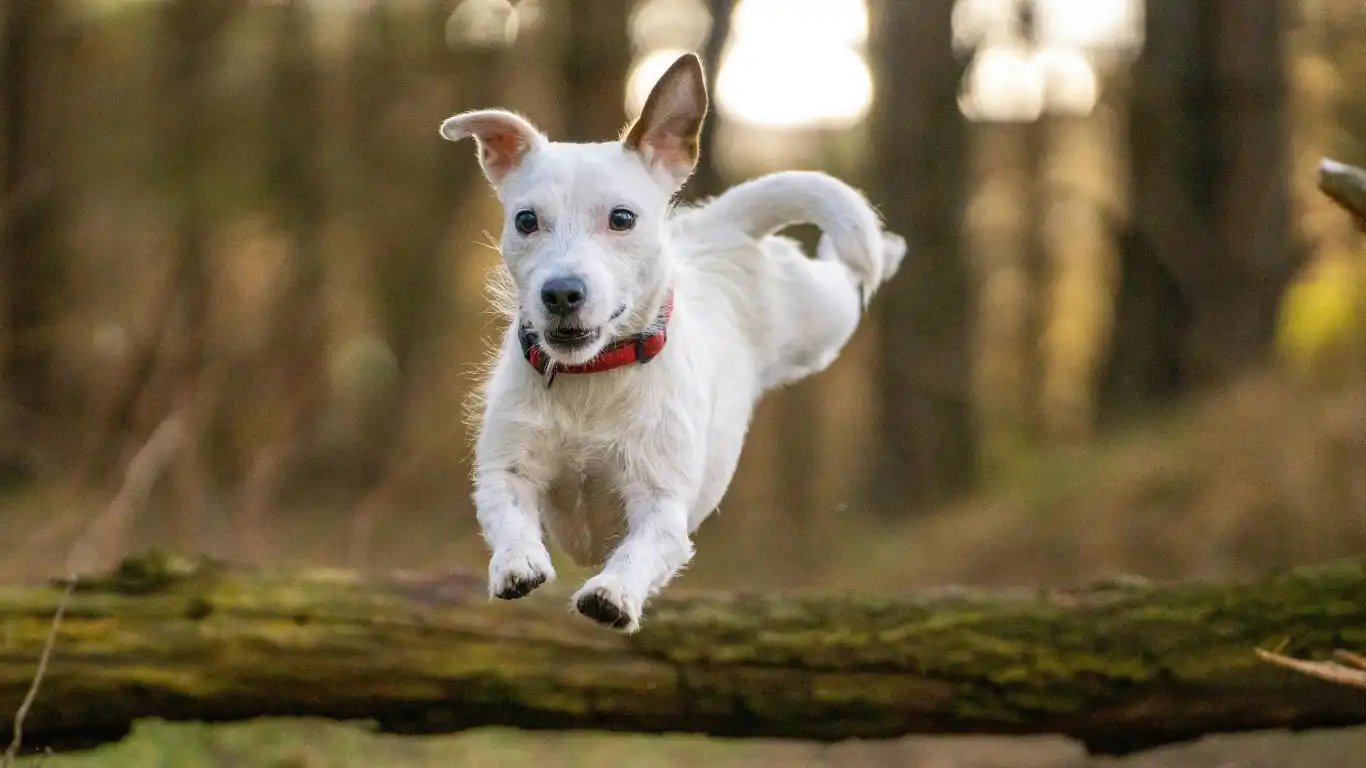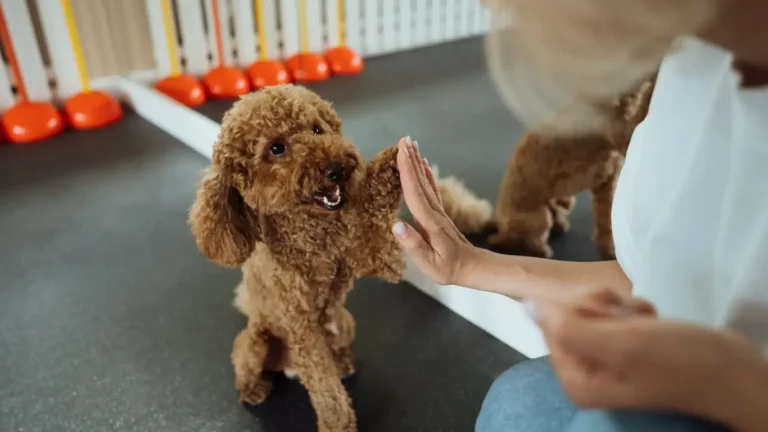Proven Tips to Reduce Your Dog’s Boredom While You’re at Work
If you’re like me, juggling work and the care of a lively dog can sometimes feel like a full-time job in itself. One thing I’ve seen time and again as a Veterinary Technician specializing in nutrition is how much our furry friends suffer from boredom when left alone during the workday. How to reduce your dog’s boredom while you’re at work isn’t just a trendy topic—it’s a real concern that affects their mental and physical health. Dogs need stimulation to stay happy, healthy, and out of trouble, especially when we can’t be there to play fetch or go on a midday walk.
Understanding Why Dogs Get Bored

Before diving into ways to beat boredom, let’s take a moment to understand why dogs get bored in the first place. Dogs are naturally social and active creatures—they crave interaction and mental challenges. When left alone for hours, especially without any form of engagement, they can develop destructive behaviors like chewing furniture, excessive barking, or even anxiety-related issues.
From my experience in veterinary nutrition and care, boredom isn’t just a behavioral problem. It can impact their eating habits and overall wellbeing. A bored dog might eat too quickly, skip meals, or even become picky—something many owners don’t immediately link back to mental stimulation.
The Signs Your Dog Is Bored
- Restlessness or pacing around the house
- Constant chewing or destructive behavior
- Excessive barking or howling
- Overeating or loss of appetite
- Sleeping excessively out of sheer boredom
Recognizing these signs early can save you and your dog a lot of stress. It’s not just about keeping them busy—it’s about preventing boredom from turning into anxiety or other health problems.
How to Reduce Your Dog’s Boredom While You’re at Work

Now for the part you’re probably most eager to hear—what can you actually do about it? Based on years working closely with pet parents and dogs alike, here are some practical, tried-and-true methods to keep your pup entertained and mentally sharp during those long work hours.
1. Interactive Toys and Puzzle Feeders
One of the best ways I’ve found to fight boredom is by using toys that challenge your dog mentally. Puzzle feeders and treat-dispensing toys require your dog to work for their food or treats, engaging their brain and making mealtime more interesting. Not only does this slow down their eating, but it also tires them out mentally—trust me, it works wonders for hyper pups!
2. Rotate Toys Regularly
Dogs can get bored of the same toys pretty quickly. I always recommend rotating toys every few days to keep their interest alive. Put some away in a box, and then swap them out periodically. This way, your dog feels like they’re getting “new” toys even though you’re just switching things up.
3. Create a Cozy, Stimulating Space
Set up a dedicated area where your dog feels safe and entertained. Adding comfy bedding, a window spot for bird watching, and a variety of textures with toys can make a huge difference. From personal experience, dogs love a mix of physical comfort and sensory engagement while you’re away.
4. Schedule Regular Breaks with a Dog Walker or Pet Sitter

From my time working with busy pet parents, I’ve seen how much of a difference a midday break can make for a dog’s mental health. If your work schedule means being gone for long stretches, hiring a dog walker or pet sitter to stop by and take your dog out for a walk or some playtime is a game changer. It breaks up their day and gives them a chance to burn off energy, which helps reduce destructive behavior later on.
Don’t underestimate the power of that little social interaction, either—dogs are social animals, and having someone new to interact with during the day can stimulate their minds in ways toys can’t.
5. Use Technology to Stay Connected

Technology is a great ally when it comes to keeping boredom at bay. Pet cameras with two-way audio allow you to check in on your dog during the day and even chat with them. Some of these devices even let you dispense treats remotely, which is a fantastic way to surprise your dog and keep them engaged.
Personally, I’ve recommended this to many clients who feel guilty about leaving their dogs alone. It’s not a replacement for physical presence, of course, but it does provide some comfort to both owner and pet, plus a little mental stimulation for your dog.
Training and Enrichment Activities to Keep Your Dog Busy
Beyond toys and walks, mental training is a powerful tool to reduce boredom. Teaching your dog new commands or tricks stimulates their brain and builds a stronger bond between you two. The mental workout is just as exhausting for dogs as physical activity.
6. Incorporate Short Training Sessions Before and After Work
Even a 10-minute training session in the morning and evening can help tire your dog out mentally. I always suggest focusing on positive reinforcement and keeping the sessions fun and rewarding. It’s also a great way to reinforce good behavior and keep their minds sharp.
7. Try Nose Work and Scent Games

Scent games are a fantastic way to engage your dog’s most powerful sense. Hiding treats around the house or using special scent-detection toys can keep them busy and mentally stimulated for long periods. From my veterinary nursing days, I can tell you that dogs love these challenges, and it’s a low-impact way to keep them entertained indoors.
Start simple by hiding a treat under a cup and gradually increase the difficulty as your dog gets the hang of it.
Nutrition and Its Role in Reducing Boredom
Since I specialize in nutrition, I can’t stress enough how important diet is when it comes to your dog’s overall mood and energy levels. A balanced diet helps maintain steady energy throughout the day, which can indirectly reduce boredom-induced behaviors.
8. Provide Healthy Chew Alternatives
Offering safe, healthy chews keeps your dog occupied and supports dental health at the same time. I always recommend natural options like bully sticks, dental chews approved by vets, or even frozen carrot sticks. These can satisfy your dog’s need to chew, which is a natural stress reliever for many dogs.
9. Consider Supplementing with Enrichment-Supportive Nutrients
In some cases, supplements like omega-3 fatty acids can help support brain health and reduce anxiety, which may arise from boredom. Always check with your vet before adding anything new to your dog’s diet, but in my experience, a good nutrition plan tailored to your dog’s needs plays a vital role in keeping them calm and engaged.
Creating a Routine That Works for You and Your Dog

One of the most important things I’ve learned through years in veterinary care is that dogs thrive on routine. Knowing what to expect helps reduce anxiety and boredom alike. When your dog knows there’s a regular schedule for walks, meals, playtime, and rest, it provides a comforting structure. Even if your work hours are unpredictable, try to keep some consistency in daily activities.
For example, I always advise pet parents to carve out time first thing in the morning for a good walk or active play session. This sets a positive tone for the day and helps burn off some energy before the long hours alone begin. Similarly, an evening session of training or play will help your dog unwind and look forward to quality time with you.
Balancing Activity and Rest
Remember, dogs need both stimulation and downtime. Overloading them with activity can be just as stressful as leaving them bored. My experience has shown that a balanced routine, where physical exercise is paired with mental enrichment and quiet moments, works best to keep dogs happy and healthy. This balance will also help your dog settle down easily when you leave for work and rest calmly until you return.
When to Seek Professional Help

Sometimes, no matter how much we try, our dogs’ boredom can spiral into serious behavioral or anxiety issues. If you notice signs of separation anxiety—such as nonstop barking, attempts to escape, self-harm, or other extreme behaviors—it’s time to get professional help.
As a Veterinary Technician, I can’t emphasize enough the importance of working with your veterinarian or a certified animal behaviorist. They can help identify the root causes and recommend targeted interventions, which might include behavior modification, medication, or specialized training programs.
Tips for Working with Professionals
- Be honest and detailed: Share all observations about your dog’s behavior, routines, and any changes you’ve noticed.
- Follow their advice: Consistency in training and treatment is key to success.
- Ask questions: Don’t hesitate to seek clarification or additional tips to support your dog’s wellbeing.
Final Thoughts on Reducing Your Dog’s Boredom While You’re at Work
Ultimately, reducing boredom is about more than just keeping your dog busy—it’s about nurturing their emotional and physical health with love, attention, and smart strategies. Drawing from my years of experience in veterinary nutrition and care, I know firsthand that small, thoughtful changes can have a huge impact. Whether it’s interactive toys, a midday walk, scent games, or a solid routine, each step helps your dog feel more secure and fulfilled.
So don’t feel guilty about work commitments—instead, focus on building a day that supports your dog’s happiness, even when you’re not physically there. Your furry friend will thank you with a wagging tail and calm demeanor.
References
- American Veterinary Medical Association (AVMA)
- American Animal Hospital Association (AAHA)
- American Society for the Prevention of Cruelty to Animals (ASPCA)
- Veterinary Information Network (VIN)
Disclaimer
This article is intended for informational purposes only and does not substitute professional veterinary advice. Always consult with your veterinarian or a qualified animal behaviorist before making significant changes to your dog’s routine, diet, or training program. Individual dogs may have unique needs that require tailored approaches.




